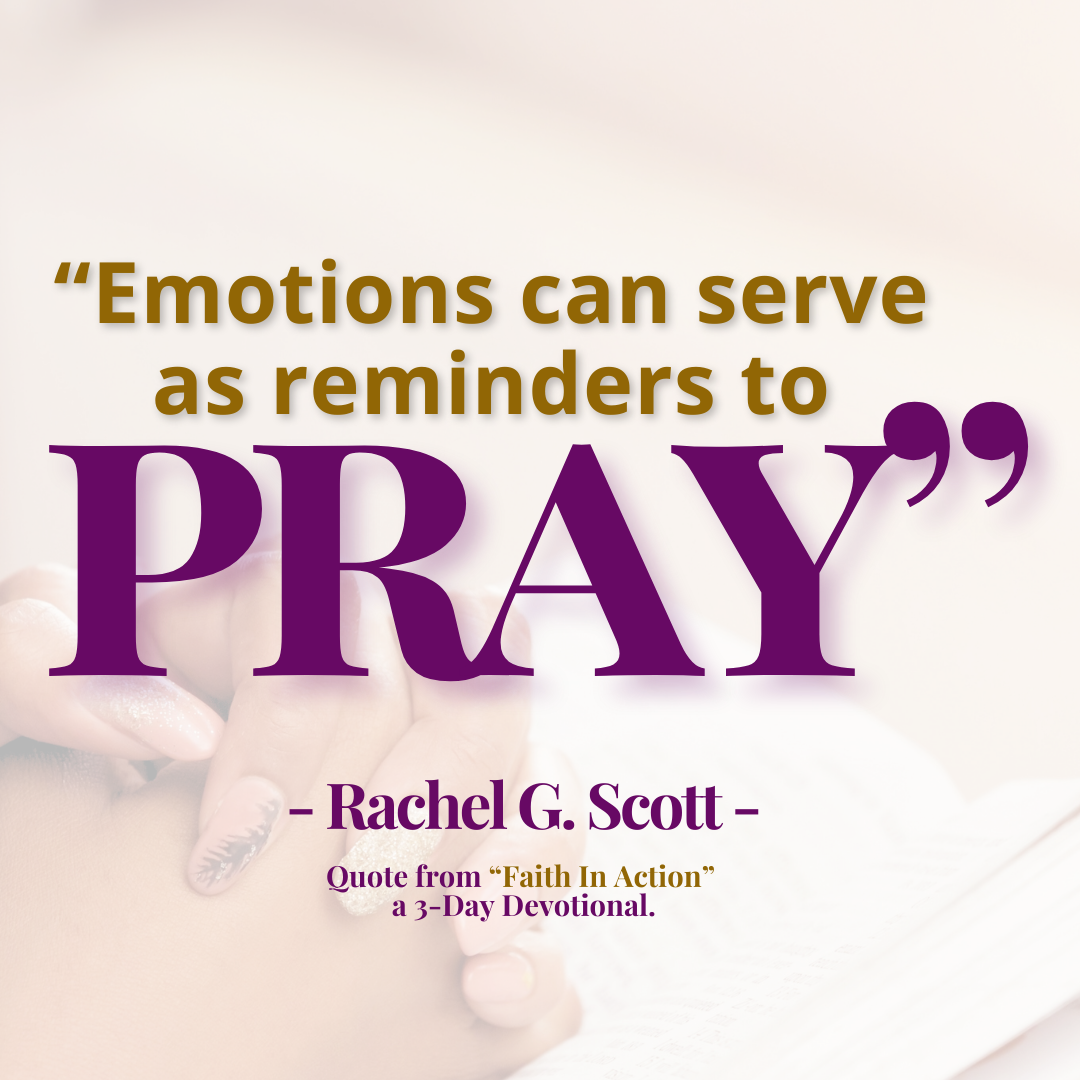Pray Without Ceasing: Making Prayer a Daily Habit Sample


Understanding continuous prayer is one thing; implementing it is another. Today, we'll explore three practical approaches that have changed my prayer life from occasional moments to an ongoing conversation with God.
First, pray while you're waking up. I've noticed that the enemy often tries to invade my thoughts first thing in the morning. In Matthew 6:33, it says, "But seek first the kingdom of God and His righteousness, and all these things shall be added to you." Those first few minutes set the tone for everything that follows.
I have made a practice that before my feet even hit the ground, I begin with simple prayers like, "Lord, thank You for this day," or I'll pray about situations weighing on my heart. When I pray first, I worry less. That initial conversation guides the rest of my day, establishing His presence as my primary reality rather than the worries and lies of the enemy.
This doesn't require elaborate prayers or extra time. It simply means directing your first thoughts toward Jesus instead of immediately reaching for your phone or worrying about your day. Try setting this intention before sleep: "Tomorrow, my first thoughts will be directed to God."
Second, pray for those who come to mind. I used to think that when someone randomly popped into my thoughts, I should text or call them. While that's not wrong, I've trained myself to pray for them first. Before reaching out, I take a moment to lift them to God.
James 5:16 emphasizes the power of "effective, fervent prayer." This verse reminds us that continuous, heartfelt prayer brings about transformation. I believe that when someone unexpectedly comes to mind, it's rarely coincidental—it's often an invitation to prayer.
Sometimes, after praying, I'll still reach out to the person. Other times, they'll contact me first, often about the very issue I was praying about. I've witnessed God move powerfully through these seemingly random prayer prompts.
Third, use your emotions as prayer indicators. In Philippians 4:6, it says, "Be anxious for nothing, but in everything by prayer and supplication, with thanksgiving, let your requests be made known to God." I've learned that my emotions can serve as reminders to pray.
When I feel frustrated, I ask, "Lord, what am I frustrated about? Can You remove this?" When excited, I offer prayers of thanksgiving. When irritated, I ask for patience and wisdom. Emotions aren't just indicators that something is right or wrong—they're invitations to prayer.
Pause and Ponder: Which of these three approaches to continuous prayer resonates most with you, and how might you implement it today?
Scripture
About this Plan

Prayer is often misunderstood as a formal, structured activity that requires special time and perfect words. But what if prayer could be as natural as breathing? This three-day devotional explores the concept of "praying without ceasing" - transforming prayer from a scheduled duty to an ongoing conversation with God.
More
We would like to thank Rachel G. Scott & Friends for providing this plan. For more information, please visit: https://rachelgscott.com/
Related Plans

Prayer Altars: Embracing the Priestly Call to Prayer

Journey Through Jeremiah & Lamentations

Sickness Can Draw You and Others Closer to God, if You Let It – Here’s How

Journey Through Proverbs, Ecclesiastes & Job

The Making of a Biblical Leader: 10 Principles for Leading Others Well

Journey With Jesus: 3 Days of Spiritual Travel

The Way of St James (Camino De Santiago)

How Stuff Works: Prayer

Live Like Devotional Series for Young People: Daniel
